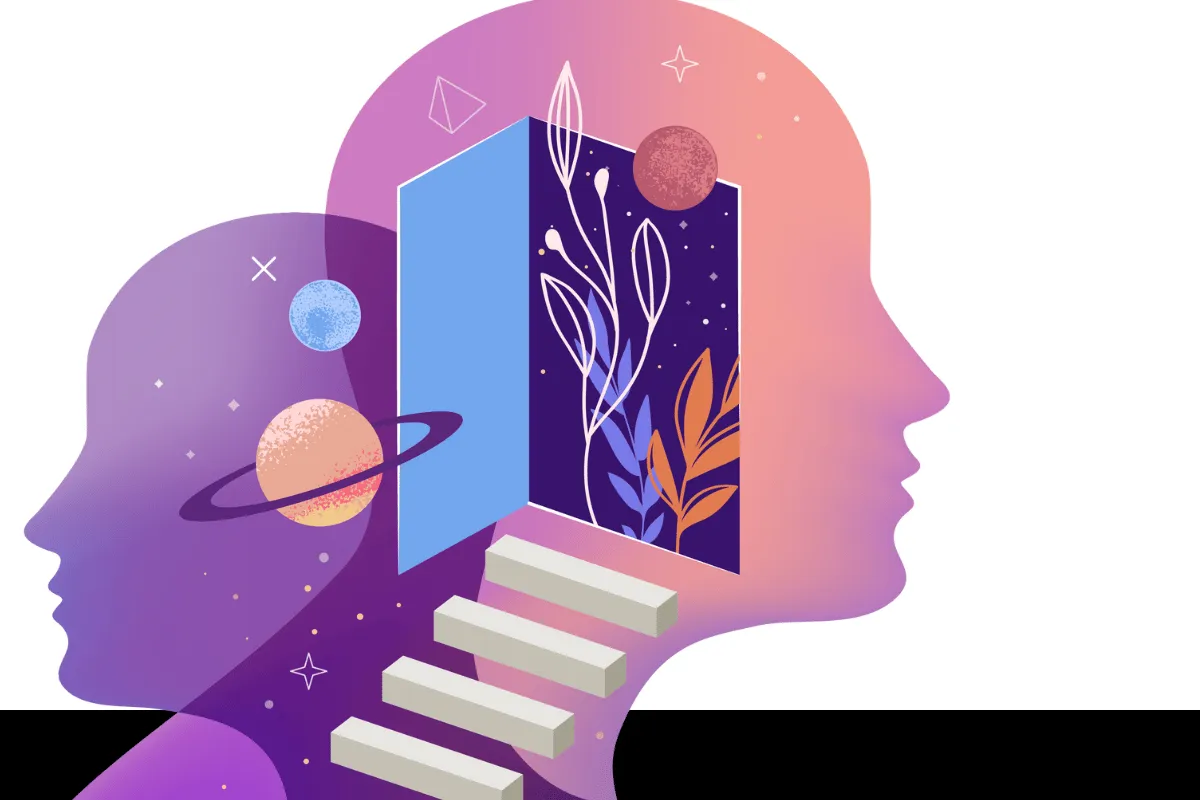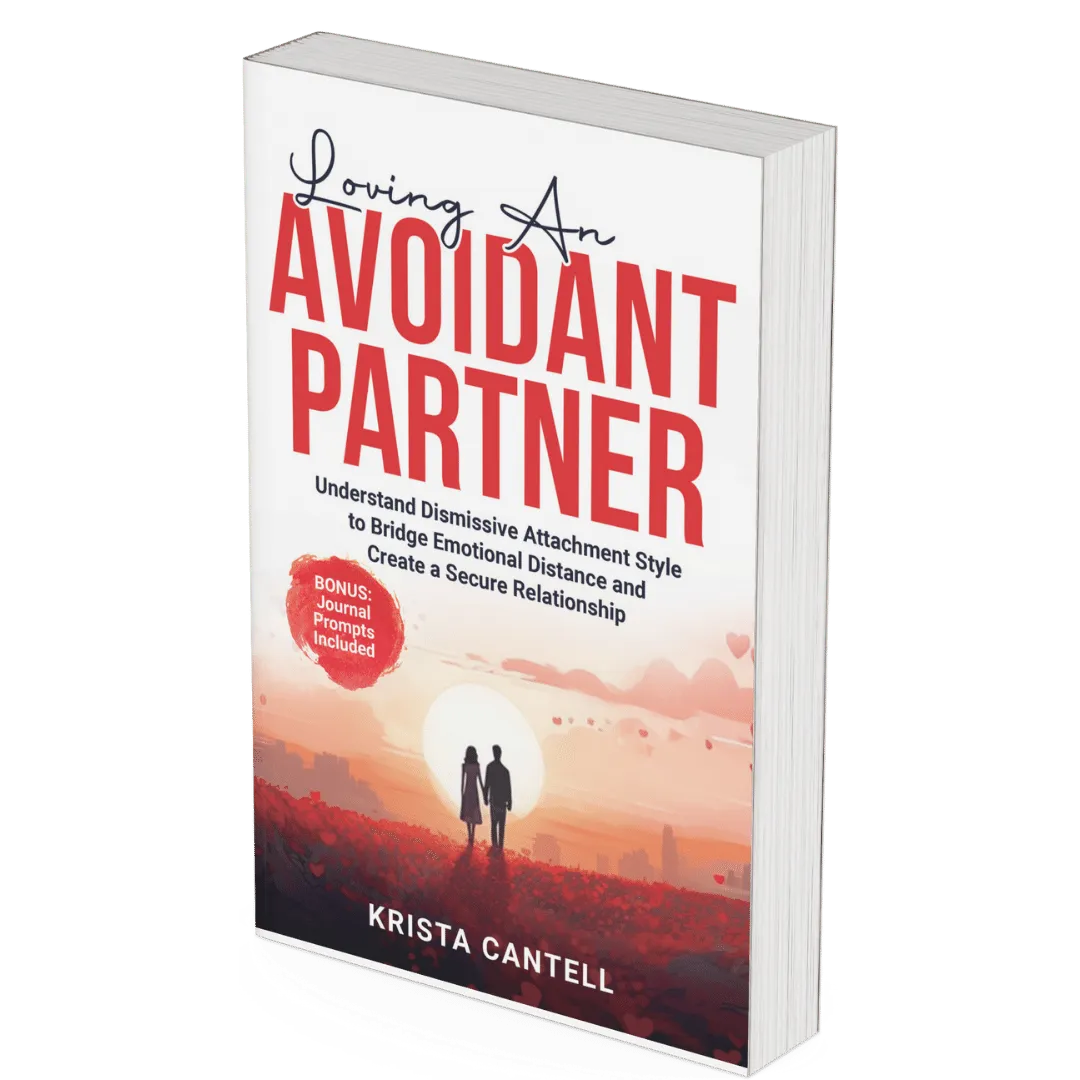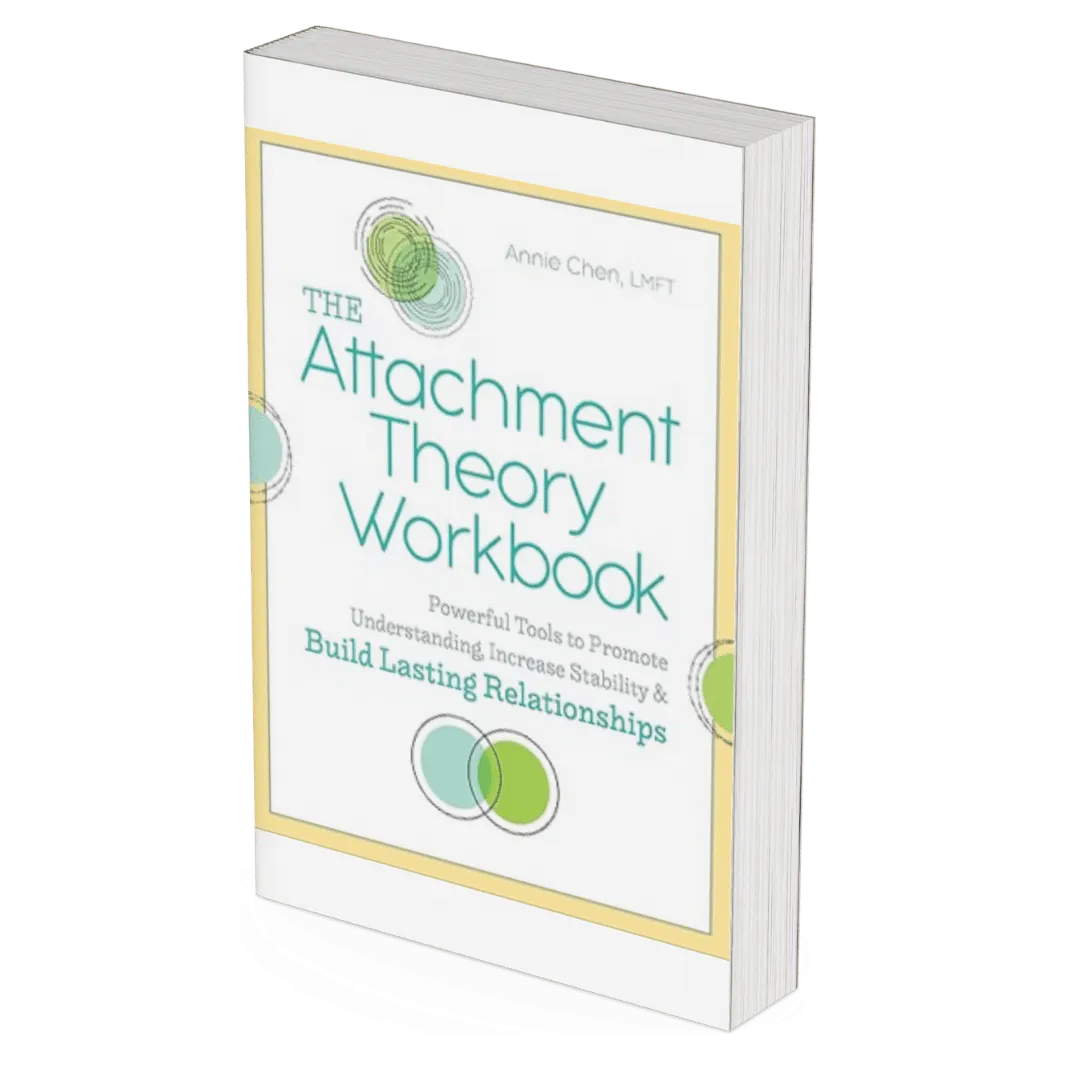Find Relationship and Attachment Therapy
Looking for resources on relationship and attachment therapy just got easier. Our comprehensive directory offers a straightforward path to connect with experienced coaches and therapists who specialize in nurturing healthier relationships and fostering secure attachments. Whether you're facing challenges in your personal connections or seeking to deepen your understanding of attachment styles, our platform is designed to help you find the right professional to guide you. Browse our listings at your own pace, and take the first step towards transformative support.
Want to Be on Our List? You Can!
Join our growing community of therapists and relationship coaches and unlock new opportunities to expand your practice. Our directory is the go-to destination for individuals seeking professional support in relationship and attachment therapy. By becoming a part of our network, you'll gain increased visibility among those who are actively looking for the expertise you offer.
We've created a platform that not only connects you with potential clients but also positions you within a professional community dedicated to making a difference in people's lives. Enjoy the benefits of our targeted marketing efforts that ensure your services reach the right audience.
Don't miss out on the chance to enhance your professional reach and impact. Sign up today to start building stronger connections and helping more people achieve healthier relationships.

Attachment Theory Blog

Inner Child Healing for Emotional Wellbeing
Inner Child Healing: Essential Steps for Emotional Well-being
Inner Child Healing is a powerful concept that can transform emotional and mental well-being. Many of us carry wounds from our childhood that continue to affect us in our adult lives. Through Inner Child Healing, we have the opportunity to address these wounds and foster a healthier, more fulfilling life.
In my journey, I have found that connecting with my inner child opens doors to profound self-awareness and healing. This process involves various modalities and therapies, such as guided meditations and journaling, which help in recognizing and nurturing the needs of the inner child. Implementing these practices can lead to significant improvements in relationships and self-perceptions.
By committing to Inner Child Healing, I have seen an enhancement in my emotional resilience and overall mental health. Developing these skills encourages a deeper understanding of oneself and a more compassionate approach to personal growth. Let me share some key takeaways from this transformative practice.
Key Takeaways
Inner Child Healing addresses childhood wounds for better mental health.
Techniques like meditation and journaling aid the healing process.
Enhanced self-awareness and emotional resilience are key benefits.
Understanding the Inner Child
Inner child healing involves examining childhood experiences and their influence on present emotions and behaviors. This process helps identify and address wounds from the past, such as trauma, anxiety, and depression.
The Concept of the Inner Child
The inner child represents the subconscious part of me that still holds on to childhood memories and experiences. This aspect of my psyche can maintain both positive, authentic self traits as well as unaddressed trauma.
Inner child work allows me to reconnect with and heal this part of myself. By acknowledging my inner child, I can better understand my reactions and behaviors, opening the door to emotional and psychological growth.
The Impact of Childhood Experiences
Childhood experiences shape my emotions, forming the foundation of my authenticity and how I interact with the world. Traumatic events in childhood, such as neglect or abuse, often leave long-lasting emotional scars that linger into adulthood.
These traumatic memories can warp my sense of self, leading to anxiety, depression, and other mental health issues. By addressing and understanding these experiences, I can begin the process of healing my wounded inner child.
Identifying Wounded Inner Child Symptoms
Recognizing symptoms of a wounded inner child is crucial for healing. Common signs include excessive people-pleasing, difficulty trusting others, and persistent feelings of guilt or shame.
I might also experience overwhelming emotions that seem disproportionate to the situation, indicating unresolved trauma. By identifying these symptoms, I can take the necessary steps in psychotherapy to heal, reduce anxiety, and ultimately, integrate a healthier, more authentic self.
Inner Child Healing Modalities and Therapies
To support inner child healing, various modalities and therapies are employed. These interventions cater to different needs, focusing on emotional insight, trauma resolution, and creative expression.
Psychotherapy and Counseling
Psychotherapy and counseling form the backbone of inner child healing. Engaging with a mental health professional can provide a safe space to explore childhood experiences.
Psychodynamic therapy often helps uncover unconscious conflicts rooted in early life. This involves discussing past memories and emotions to gain insights.
Internal Family Systems (IFS) is another approach, focusing on understanding and healing different parts of oneself, including the inner child. This method acknowledges and works with various internal "parts" or sub-personalities.
Regular sessions with a skilled therapist can gradually lead to significant emotional breakthroughs.
Trauma-Focused Therapies
Resolving trauma is critical when healing the inner child. Eye Movement Desensitization and Reprocessing (EMDR) is a highly effective technique for processing traumatic memories.
EMDR involves guided eye movements while recalling distressing events, helping to reduce their emotional impact.
Another valuable approach is trauma-focused cognitive-behavioral therapy (TF-CBT), which combines trauma-sensitive interventions with cognitive-behavioral strategies.
These therapies can be pivotal in addressing deeply embedded trauma, fostering a profound healing process.
Expressive Therapies
Expressive therapies emphasize creative expression as a means of healing. Art therapy involves creating art to explore and express inner emotions. This can be particularly effective for those who struggle to articulate feelings verbally.
Journaling and writing are other powerful tools. Writing about one's experiences allows for self-reflection and emotional release.
These therapies engage the right brain, facilitating a different form of emotional processing that can be deeply healing.
By using a combination of these therapies and techniques, the journey toward inner child healing becomes more manageable and effective. Each modality offers unique benefits, and often, a blended approach yields the best results.
These practices offer structured ways to facilitate emotional healing and self-discovery. They are designed to nurture your inner child and provide pathways for emotional regulation and mindfulness.
Self-Care and Nurturing
Engaging in self-care and nurturing activities is vital for inner child healing. This includes setting aside time for rest, activities that bring joy, and ensuring physical health through balanced nutrition and exercise.
I often find that play is beneficial, as it reconnects me with feelings of joy and spontaneity. Simple acts like taking a relaxing bath, meditating, or reading a favorite book also contribute to emotional well-being.
Incorporating daily routines that promote self-reflection and self-compassion strengthens my ability to care for my inner child.
Creative Visualization and Meditation
Creative visualization and meditation help access and heal emotional wounds. Through guided imagery, I can envision comforting scenarios where my inner child feels safe and cared for.
Meditative practices encourage mindfulness, allowing me to stay present and acknowledge my emotions without judgment. These exercises often involve imagining a safe space or revisiting positive childhood memories.
By regularly practicing these techniques, I cultivate a deeper empathy and understanding of my past experiences, aiding in emotional regulation.
Journaling and Dialogue
Journaling provides a powerful outlet for self-reflection and emotional expression. Writing letters to my inner child can reveal hidden feelings and thoughts, fostering a dialogue that promotes healing.
Using prompts to explore memories and emotions can uncover insights into my current behaviors and challenges. Dialoguing with my inner child through written conversations helps establish a nurturing internal relationship.
Engaging in these practices consistently aids in bridging the gap between past and present, facilitating a more integrated sense of self.
Rebuilding Relationships and Self-Perceptions
Intricate connections between healing your inner child and restoring both relationships and self-image are vital. By forming healthy bonds and enhancing self-esteem, we create a balanced life.
Forming Healthy Relationships
Building meaningful relationships requires addressing past hurt and trauma. Reparenting yourself assists in recognizing and establishing healthy boundaries. Communication skills are essential in relationships, fostering deeper and more authentic connections. I find that setting clear boundaries helps in mitigating relationship challenges and misunderstandings.
Reflecting on the role of parents in our early development can also illuminate how we interact with others now. Understanding these past dynamics allows me to cultivate more compassionate and loving relationships today. This process is not just about others but also about learning to offer myself the love and care I deserved as a child.
Enhancing Self-Esteem and Confidence
Self-esteem and confidence are interlinked with how we perceive our worthiness and capacity for love. Through reparenting, I can reaffirm my inherent self-worth and cultivate self-love. It involves recognizing negative self-talk patterns and replacing them with affirmations that reinforce my value.
Developing a positive self-image is crucial. Embracing my strengths and being kind to myself when facing imperfections fosters a more supportive inner dialogue. High self-esteem and confidence translate into my ability to navigate life challenges with resilience and grace.
By continuing this practice, I build a strong foundation for self-worth that supports healthier relationships and a fulfilling life.
Maintaining Emotional Health and Resilience
Fostering emotional well-being and resilience requires addressing both difficult emotions and empowering oneself through consistent practices. By managing these aspects, I can create a balance that enhances my inner child's healing journey.
Managing Difficult Emotions
Managing difficult emotions is crucial for emotional health. I need to recognize and accept these emotions without judging myself. Techniques like mindfulness and deep breathing can help in calming intense feelings.
I also practice journaling to express my emotions safely. Writing down what I feel provides a sense of relief. Talking to a trusted friend or therapist offers another outlet for these feelings.
Engaging in self-care activities, such as taking a bath or reading a favorite book, ensures my emotional well-being. Playing or engaging in hobbies I enjoy also fosters pleasure and joy, which counterbalances emotional pain.
Building Resilience and Empowerment
Building resilience involves developing strong coping mechanisms. I start by setting realistic goals and breaking them into smaller steps. This helps in gradually overcoming challenges without feeling overwhelmed.
Practicing positive self-talk boosts empowerment. Affirmations like "I am capable" or "I can handle this" reinforce my inner strength. Regular physical activity also supports resilience by enhancing overall mood and energy levels.
Creating a safety and security net is essential. Surrounding myself with supportive individuals and creating a stable environment contributes to my emotional healing. Resources like support groups or workshops offer additional tools for empowerment.
Lastly, I find ways to incorporate playfulness and joy into daily life. This includes spending time with loved ones, enjoying hobbies, or simply laughing more often. These actions nourish my spirit and enhance my resilience.
Frequently Asked Questions
Fostering emotional well-being and resilience requires addressing both difficult emotions and empowering oneself through consistent practices. By managing these aspects, I can create a balance that enhances my inner child's healing journey.
Managing Difficult Emotions
Managing difficult emotions is crucial for emotional health. I need to recognize and accept these emotions without judging myself. Techniques like mindfulness and deep breathing can help in calming intense feelings.
I also practice journaling to express my emotions safely. Writing down what I feel provides a sense of relief. Talking to a trusted friend or therapist offers another outlet for these feelings.
Engaging in self-care activities, such as taking a bath or reading a favorite book, ensures my emotional well-being. Playing or engaging in hobbies I enjoy also fosters pleasure and joy, which counterbalances emotional pain.
Building Resilience and Empowerment
Building resilience involves developing strong coping mechanisms. I start by setting realistic goals and breaking them into smaller steps. This helps in gradually overcoming challenges without feeling overwhelmed.
Practicing positive self-talk boosts empowerment. Affirmations like "I am capable" or "I can handle this" reinforce my inner strength. Regular physical activity also supports resilience by enhancing overall mood and energy levels.
Creating a safety and security net is essential. Surrounding myself with supportive individuals and creating a stable environment contributes to my emotional healing. Resources like support groups or workshops offer additional tools for empowerment.
Lastly, I find ways to incorporate playfulness and joy into daily life. This includes spending time with loved ones, enjoying hobbies, or simply laughing more often. These actions nourish my spirit and enhance my resilience.
Frequently Asked Questions
Inner child healing involves specific techniques, accessible exercises, recommended reading, suggested activities, and an understanding of common emotional wounds.
What techniques are used in inner child healing therapy?
Therapists often use guided imagery, visualization, and mindfulness exercises. Role-playing is another technique where individuals converse with their inner child. Journaling and expressive arts can also help in reconnecting with and nurturing the inner child.
How can one access inner child healing exercises?
Exercises can be found in self-help books, online courses, and therapy sessions. Many therapists offer structured programs that include specific exercises designed for inner child healing. Online communities and resources often provide free or low-cost exercises.
What are some recommended books for understanding and practicing inner child healing?
Books like "Healing the Child Within" by Charles L. Whitfield and "Homecoming: Reclaiming and Healing Your Inner Child" by John Bradshaw are highly recommended. "The Inner Child Workbook" by Cathryn L. Taylor is another valuable resource.
Which activities are suggested in inner child healing worksheets?
Worksheets often include activities like writing letters to one's inner child, drawing or coloring, and creating a "safe space" visualization. Affirmation exercises and self-compassion practices are also common.
Can you describe the five wounds of the inner child?
The five wounds are abandonment, rejection, betrayal, injustice, and humiliation. Abandonment involves feelings of being left behind or unimportant. Rejection relates to not feeling loved or accepted. Betrayal involves trust issues. Injustice refers to feelings of unfair treatment, and humiliation involves a deep sense of shame or embarrassment.











